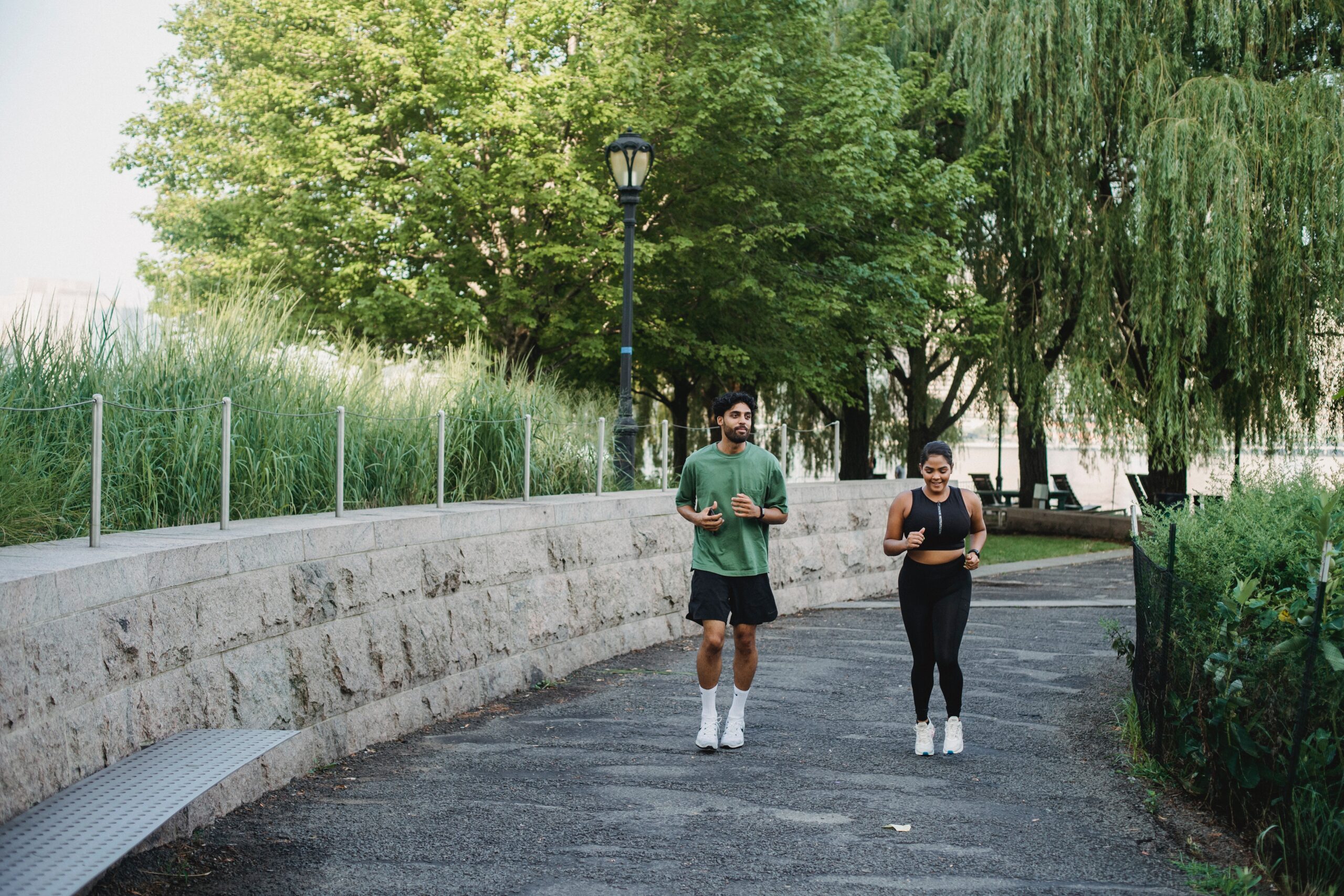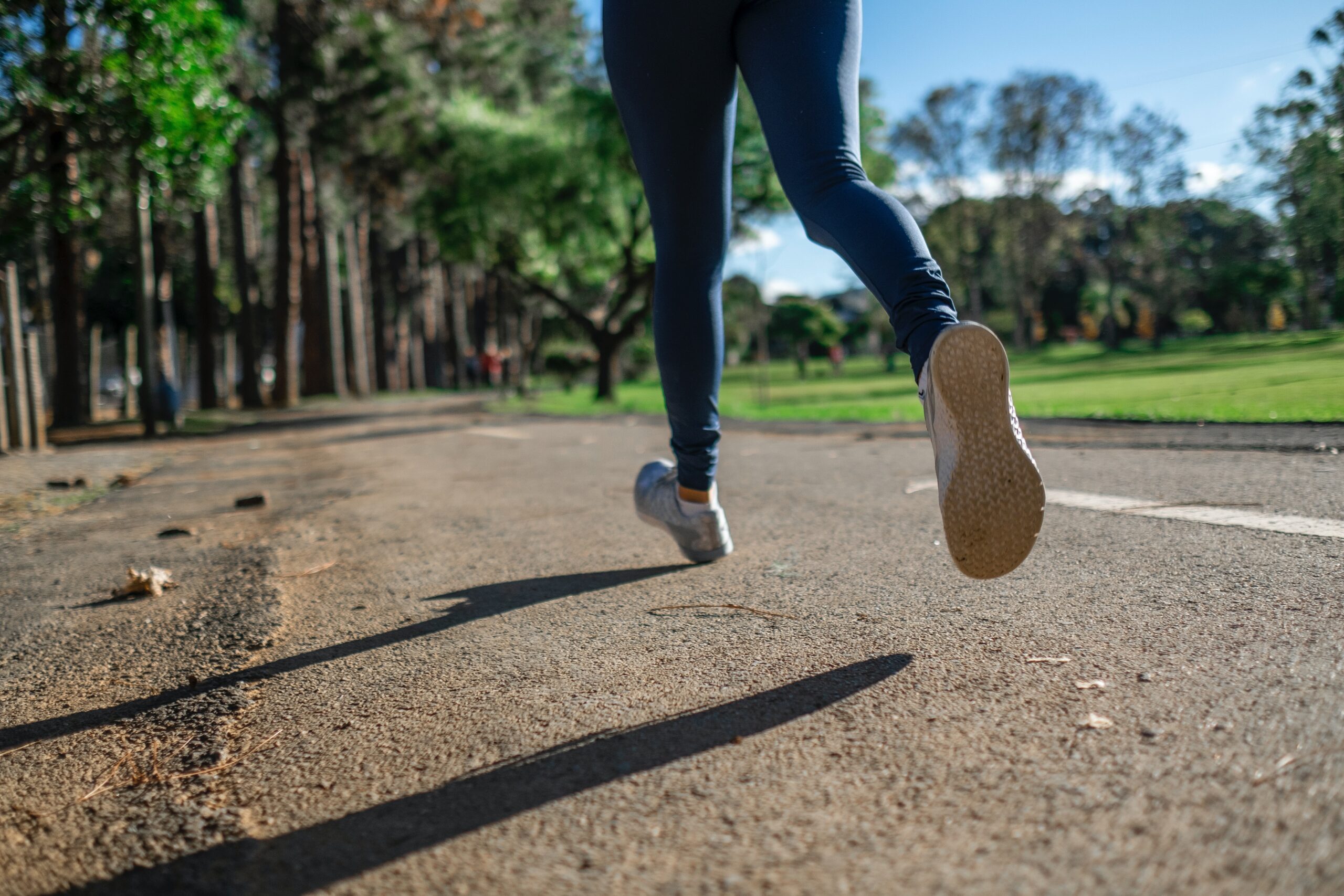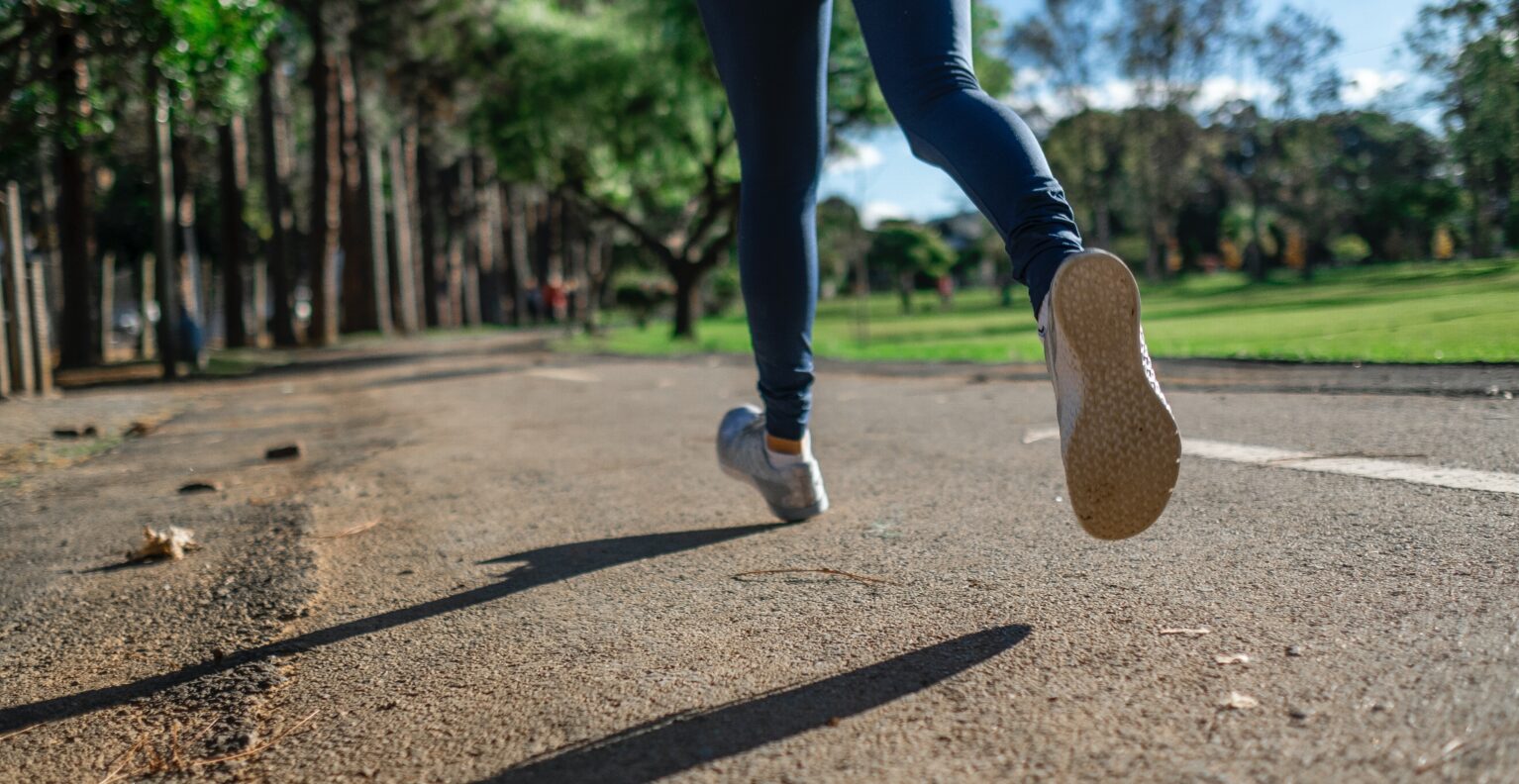Myth #1: Runners don’t need to resistance train.
Having been a professional sprinter, I am a living example of a runner who followed many beliefs without major success. One such belief is that runners don’t need to do resistance training. I used to think that running is everything and if I can run, I am superior to any other person. The following points are for you to ponder over.
We know resistance training is good for general health because:
- Enhances endocrine and immune function (which are compromised by endurance training)
- Maintains muscle mass (also negatively affected by endurance training)
- Improves functional capacity in spite of aging by maintaining maximal strength and power (both of which decrease with prolonged endurance training)
- Builds bone density (something many runners lack due to poor dietary practices, but desperately need in light of the high risk of stress fractures)
- Enables us to correct muscle imbalances, resistance training is the cornerstone of any physical therapy program.
So, I think that the answer is somewhat clear. It’s quite obvious that runners are a superhuman race that are not subject to the normal laws of physiology like the rest of us.
In case you’re not picking up on my sarcasm, please go splash some cold water on your face. Then, reread the following five points (which is just the tip of the iceberg, for the record).
Ask yourself:
- Do I have an endocrine system?
- Is my immune system functional?
- Will I get old? Do I do things that require strength and power?
- Do I have bones?
- Are muscle imbalances a problem?
If you answered “no” to any of these questions, I would seriously recommend that you consult a psychologist instead of a running coach.
Runners are just like the rest of us. You may wear shorter shorts, but you still put them on one leg at a time.

You need resistance training.
I am sure, many runners are going to be posing a lot of questions after reading this article, all they have to do is look at all the scientific findings in the following paragraphs.
If the general health benefits aren’t enough, consider these research findings:
University of Alabama meta-analysis of the endurance training scientific literature revealed that 10 weeks of resistance training in trained distance runners improves running economy by 8-10%. For the mathematicians in the crowd, that’s about 20-24 minutes off a four-hour marathon. Which will likely be more more if you’re not a well-trained endurance athlete in the first place.
French researchers found that the addition of two weight-training sessions per week for 14 weeks significantly increased maximal strength and running economy while maintaining peak power in tri athletes. Meanwhile, the control group which only did endurance training gained no maximal strength or running economy. Additionally, their peak power actually decreased. And, interestingly, the combined endurance with resistance training group saw greater increases in VO2max over the course of the intervention.
Furthermore:
Scientists at the Research Institute for Olympic Sports at the University of Jyvaskyla in Finland found that replacing 32% of regular endurance training volume with explosive resistance training for nine weeks improved running economy, VO2max, maximal 20m speed, and performance on a 5-jump test. With the exception of VO2max, none of these measures improved in the control group that just did endurance training.
How do you think they felt knowing that a good 1/3 of their entire training volume was largely unnecessary, and would have been better spent on other initiatives?
University of Illinois researchers found that addition of three resistance training sessions for ten weeks improved short-term endurance performance by 11% and 13% during cycling and running. Additionally, the researchers noted that “long-term cycling to exhaustion at 80% VO2max increased from 71 to 85 min after the addition of strength training”
The take-home message is that running is more than just VO2max and anaerobic threshold. It’s also about localized muscular endurance and nervous system efficiency. And, you can’t have strength endurance unless you’ve got strength.
Build a solid foundation and you’ll be a complete runner.
Myth #2: Machines are just as good as free weights.
Resistance training isn’t just about “feeling the burn” in your muscles. It’s about grooving connections between the muscles and the nervous system that tells them what to do. When you plop down on a machine and work through a fixed line of motion, you’re allowing your nervous system to get lazy, so to speak; it doesn’t have to recruit any stabilizing muscles to ensure that you move efficiently.
Machines turn you into a “motor moron” and ingrain muscle imbalances that can negatively affect your running efficiency and lead to injury.
Let’s take a look at an example to illustrate my point.
When you do a dumbbell lunge, your body has to generate force in single-leg stance – and in order to generate force optimally, you need to have what is called “frontal plane stability.”
With the lunge, this refers predominantly to the ability of the adductors (inner thigh muscles) and abductors (outer thigh/butt muscles) to co-contract, working together stabilize your thigh so that you don’t tip over.
By doing a lunge correctly, we can teach these muscles to balance each other out properly. In doing so, improve running efficiency which prevents problems such as lateral knee pain, anterior hip pain, and lower back pain.
Most women will try to train their adductors and abductors with inner and outer thigh machines that you’d only expect to see on a trip to the obstetrician. Unfortunately, the adductors and abductors NEVER work in isolation like this, and they never work in a fixed line of motion. The adductors and abductors don’t just move the thighs in and out; they also have subtle effects on rotation of the femur, so when we’re “stuck” into one plane of motion, we promote dysfunction.
Lunges also train the hamstrings, glutes, quadriceps, and core stabilizers extensively at the same time.
Why do five different exercises when you can get even better results with just one?
Myth #3: Yoga and Pilates “count” as Resistance training.
This was another great information tidbit a client brought in after a conversation with an endurance training coach who is popular locally.
I have to say that I was really surprised when I heard: “He said that we need to resistance train, but it didn’t matter if we used free weights, used machines, or took yoga or Pilates classes.”
I was laughing my gut out and I explained the concept of progressive overload to my client. When we resistance train, it’s important that we – over time – gradually increase the load that is imposed on our system. Otherwise, our body doesn’t have any reason to adapt to getting stronger, faster, or leaner. Now, how do we make a class that is body weight-only harder? I’ve never seen anyone wear a weighted vest to yoga class, so gaining weight is your only option. After all, the most overweight people always sweat the most during yoga, right? Obviously, I’m being facetious but I’m proud to say that it’s with good reason.
When you lift with free weights, you always have the option to provide progressive overload to your system. There is no “ceiling” effect when you get proficient handling your body weight.


